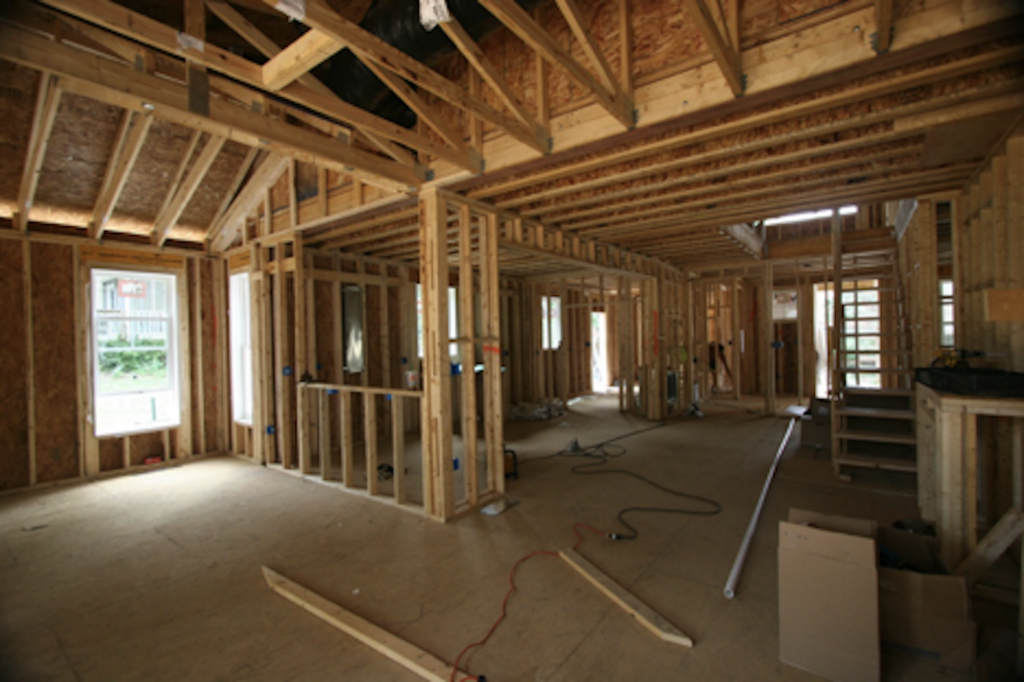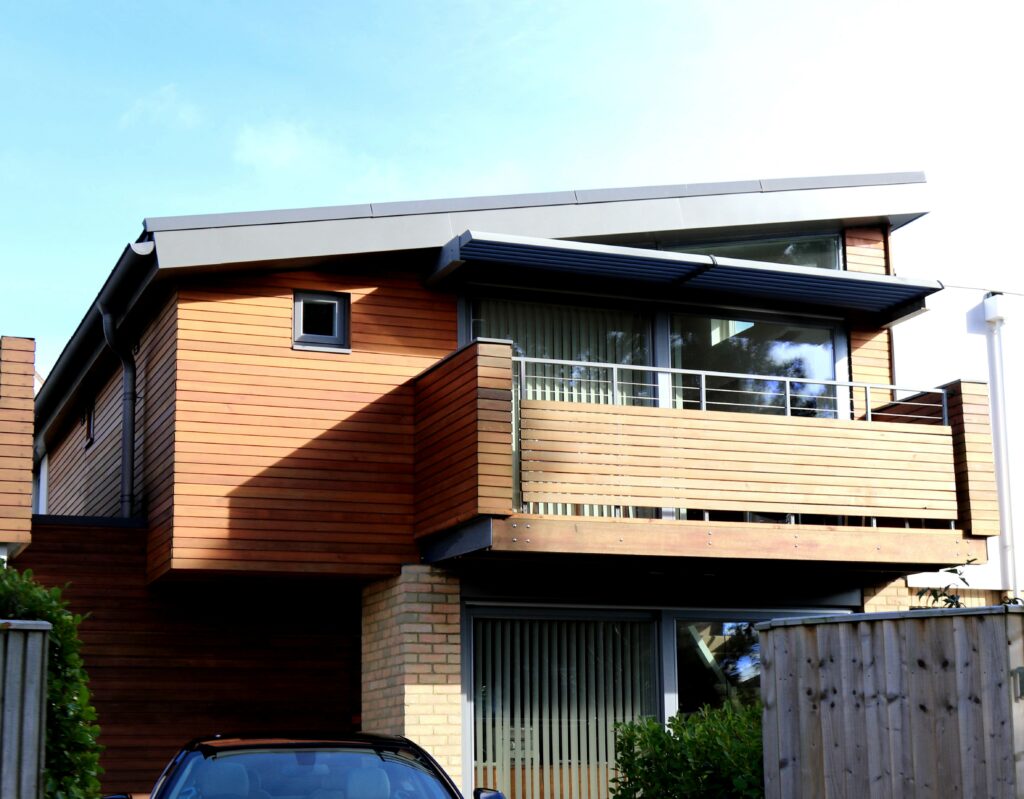4 Ways Manufacturing & Engineering Are Connected to Architecture & Design
Architecture and design are closely linked with manufacturing and engineering. These fields rely on each other to bring innovative ideas to life while also ensuring functionality, safety, and, of course, aesthetic appeal. Yet, although a lot of people will understand that there is a link, it’s not always easy to know what that link is. With that in mind, here are some of the ways that manufacturing and engineering are connected to architecture and design. Read on to find out more.
How Manufacturing & Engineering Are Connected to Architecture & Design
The Role Of Manufacturing In Architecture And Design
Manufacturing plays an important role in architecture and design by providing the necessary materials and components to bring creative visions to reality. From the production of building materials like steel, glass, and concrete to the fabrication of intricate fixtures and fittings, manufacturing enables architects and designers to turn their ideas into real objects and materials that can be used in creating a beautiful design.
A good example of this is flooring tiles. When it comes to flooring, manufacturing produces a wide range of options, including elegant limestone tiles or other floor tiles, which can add a touch of luxury to any architectural space. The consumer buys these tiles are mystonefloor.com after they have been carefully designed to fit into the space needed.
The Partnership Of Engineering And Architecture
The partnership between engineering and architecture is crucial to the success of any final design. Architects rely on engineers to transform their artistic ideas into structurally sound and safe buildings. Engineers, on the other hand, bring their technical expertise to ensure that architectural designs meet building codes, safety regulations, and environmental standards. This collaboration ensures that designs not only look visually appealing but are also functional and durable.
By working together, these two industries, although seemingly very different, combine to create attractive and safe places for people to live and work in, so they are both just as important as each other.
Innovative Design And Technological Advancements
The advancements in manufacturing and engineering have had a big influence on architectural design, and it means they are still linked together – just in a different way from the traditional partnership in some cases. The fact is that engineers and architects can often use the same programs and software to create different elements of the same building.
One good example of the kind of technology used in architecture and design is computer-aided design (CAD). Both architects and designers can use this for different reasons, and collaborative software means that it is easier than ever to share ideas and make the entire process of building and designing a property much smoother. It also speeds up the process, meaning that money can be saved at both ends of the project, helping more people to find their dream homes.
On top of this, being able to use these programs means that both engineers and architects can experiment more and that results in more unusual buildings and more unusual materials. With the combined work and effort of architects and engineers, the final result will be one that looks good and lasts for years, so homeowners will be happy with their investment.
Conclusion
In conclusion, the connection between manufacturing, engineering, architecture, and design is undeniable and plays a significant role in shaping our built environment. Manufacturing techniques and processes have a direct impact on the production of architectural components and materials, influencing the efficiency, quality, and sustainability of construction projects.
Additionally, the partnership between engineering and architecture is crucial in translating design concepts into viable structures, ensuring structural integrity, safety, and functionality. This collaboration allows for innovative design solutions that incorporate technological advancements, such as advanced materials, sustainable practices, and digital fabrication techniques.
The integration of manufacturing, engineering, architecture, and design leads to the creation of innovative and sustainable buildings that not only meet the functional needs of society but also enhance the aesthetic and experiential aspects of our built environment. By recognizing and harnessing the synergies between these fields, we can continue to push the boundaries of architectural design and construction, shaping a better future for generations to come.










